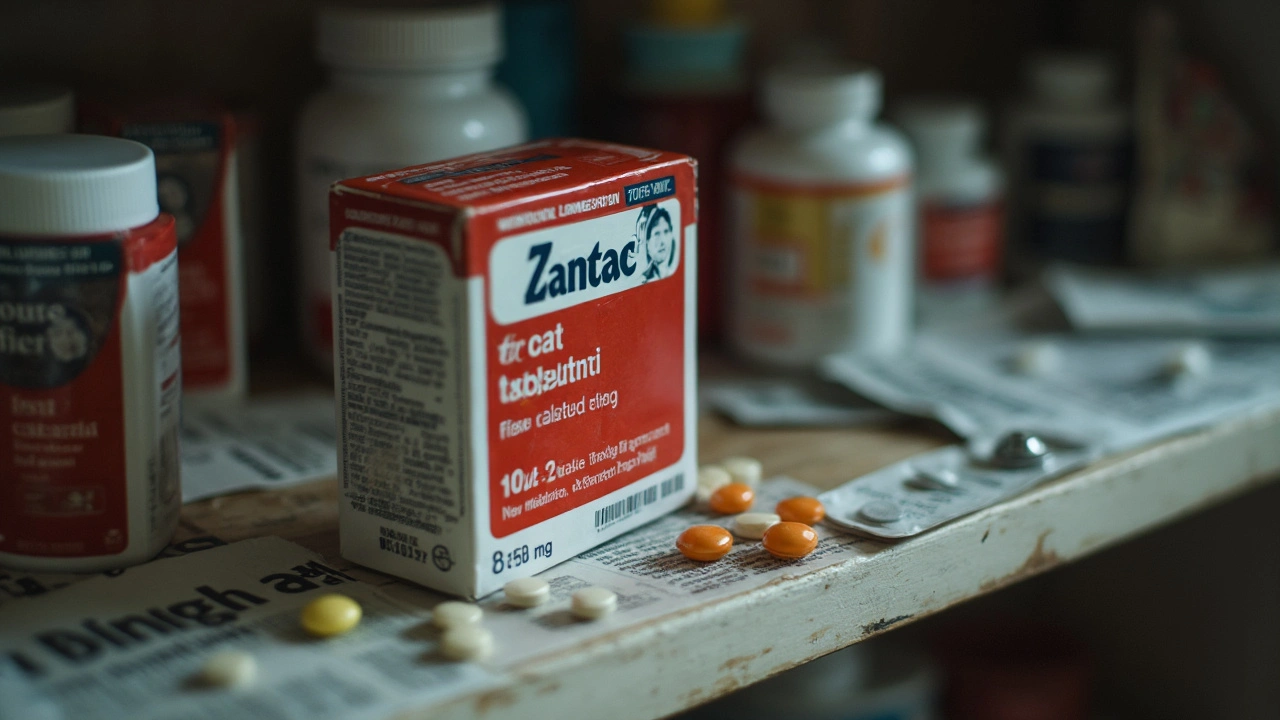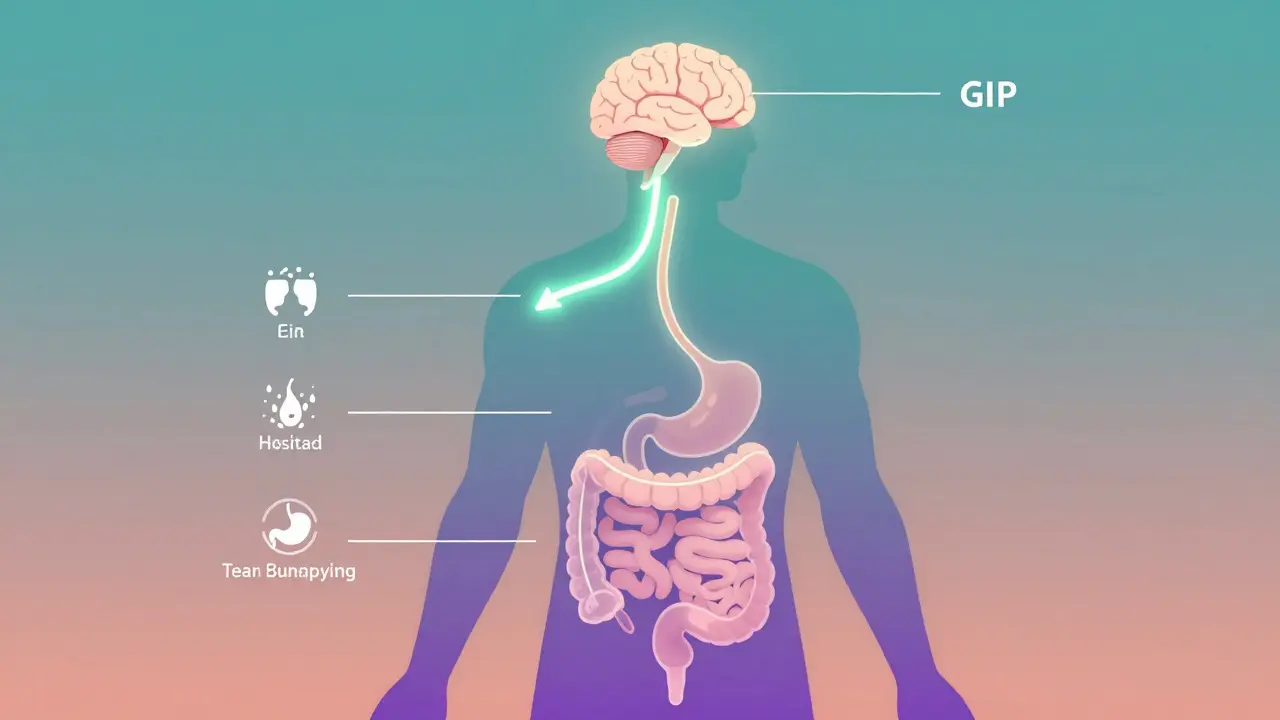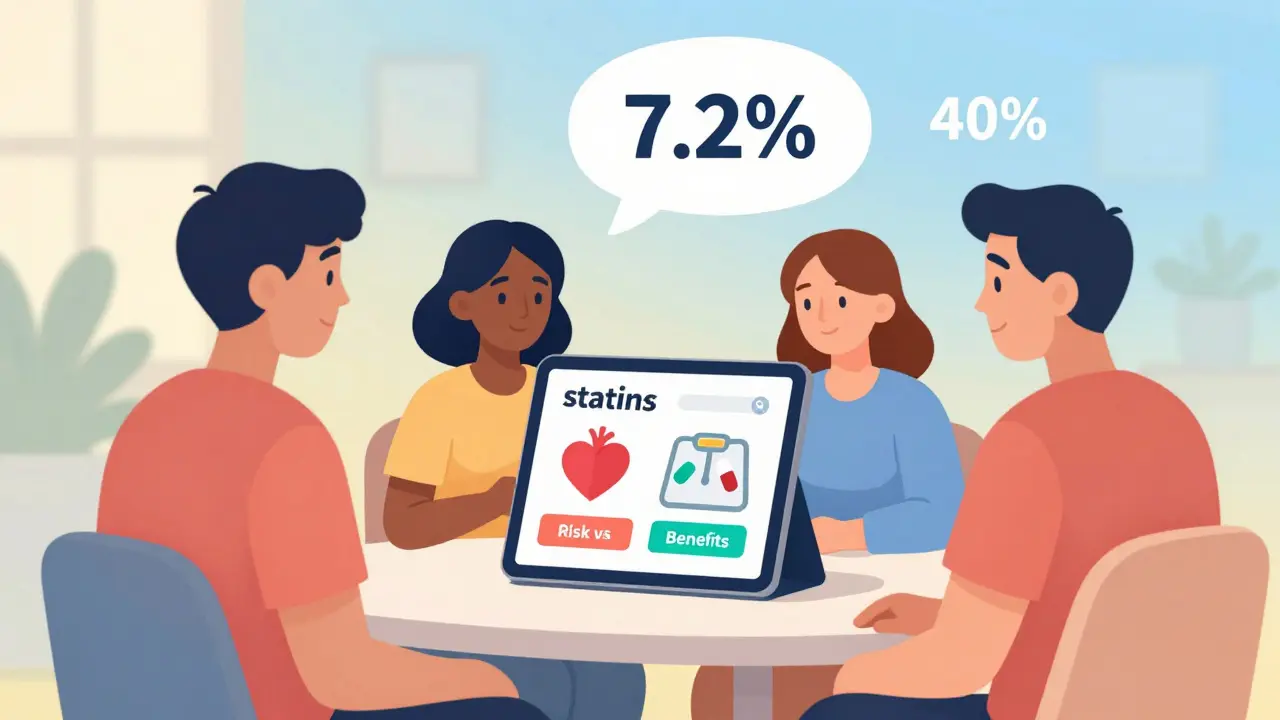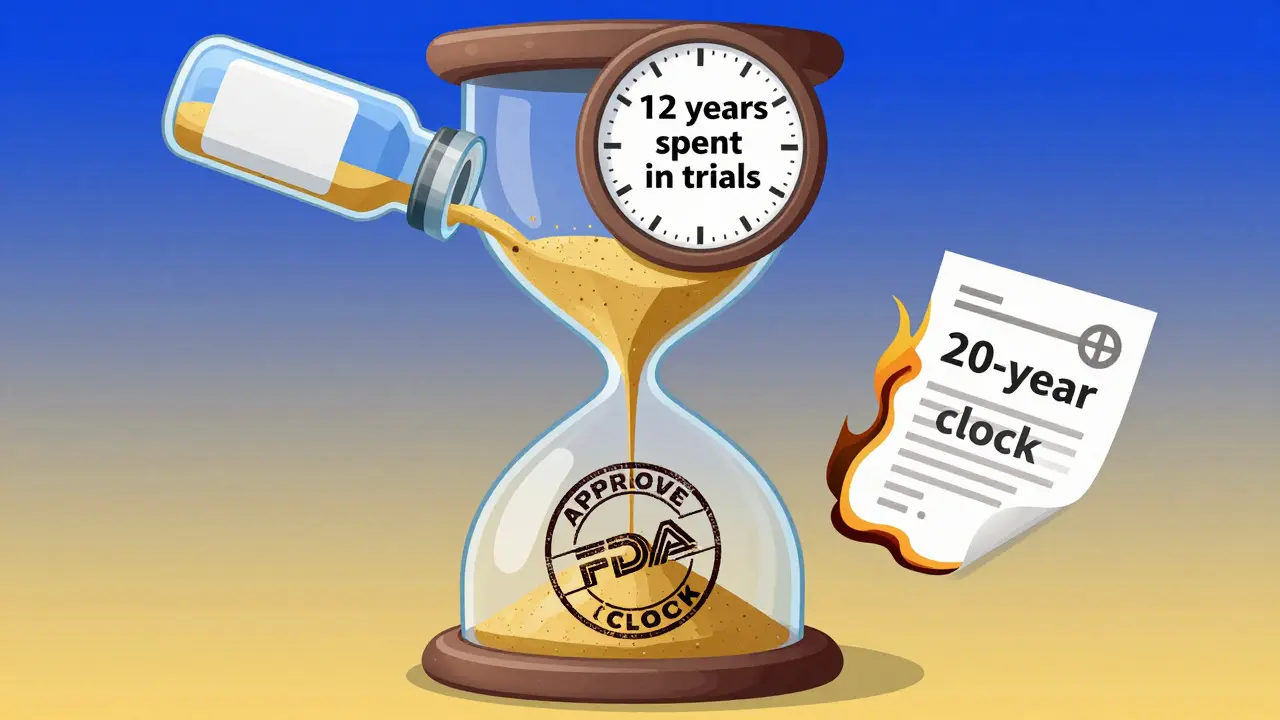Zantac recall — what happened and what to do if you used ranitidine
The Zantac recall started after tests found a probable carcinogen called NDMA in some ranitidine products. That discovery led regulators and manufacturers to pull many versions of Zantac (ranitidine) from shelves in 2019–2020. If you’ve taken Zantac or generic ranitidine, this page explains the risks, steps to take now, and safe drug alternatives.
NDMA (N‑nitrosodimethylamine) is a contaminant that can appear when ranitidine breaks down. Long-term exposure to high levels of NDMA has been linked to cancer in animals, and health agencies treat it as a probable human carcinogen. That doesn’t mean everyone who took Zantac will get sick, but regulators removed it because the risk couldn’t be ruled out.
Immediate steps if you have Zantac or took ranitidine
First, stop using the ranitidine product and check packaging or receipts to identify the brand and lot number if you can. Don’t flush meds down the sink — take them to a local pharmacy take-back program or follow FDA disposal tips. Next, talk to your doctor or pharmacist about switching to a safe alternative. Popular replacements include famotidine (Pepcid), calcium carbonate antacids (Tums), or proton pump inhibitors like omeprazole — but your doctor can recommend the best choice for your condition.
If you used ranitidine for a short time (a few doses or weeks), the immediate risk is likely low. If you used it daily for years, mention that to your provider so they can decide whether any monitoring or tests are needed. Don’t skip appointments — a quick chat with your clinician calms anxiety and helps plan next steps.
Checking recalls, reporting problems, and getting help
Look up the FDA recall page or your country’s health agency for current lists of recalled lots and manufacturer notices. If you experienced new or worrying symptoms after taking ranitidine, report it to your healthcare provider and to the FDA’s MedWatch (or equivalent). Keep copies of prescriptions or purchase records — they help with medical follow-up and any consumer claims.
Many manufacturers voluntarily recalled ranitidine products, and in 2020 the FDA asked that all ranitidine be removed from the market. That means pharmacy stock should no longer contain safe, approved ranitidine brands. If a pharmacy offers Zantac now, ask them which ingredient it actually contains — some products use different active drugs.
Finally, don’t let headlines cause panic. The recall was a precaution based on contamination concerns. Talk to your clinician about alternatives and, if needed, screening plans. If you want, bring your medication bottle or pharmacy receipt to your next visit — it makes the conversation simple and practical.
Need help finding a replacement or understanding the recall notice you found? Ask your pharmacist to compare options based on your other meds and health conditions. They can recommend safe, effective heartburn and reflux treatments that don’t carry the same ranitidine concerns.






